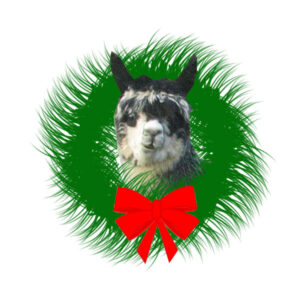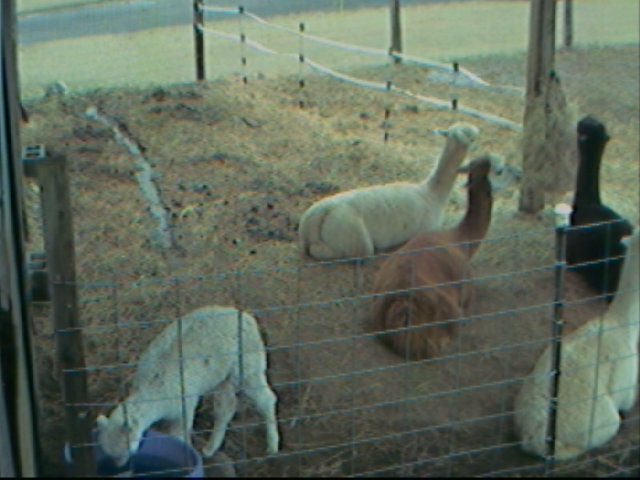Happy New Year! Ugh, along with the new year comes taxes. Before we started our alpaca farm, taxes were a breeze, just plop a few numbers into H&R Bock hit submit and voila my taxes were done. It’s not so easy any more. *sigh*
With farm business come receipts. Lots and lots of receipts. Receipts for the feed store, hay, equipment, mileage, chemicals, vet fees, marketing, livestock, professional development, travel, utilities, payroll, fertilizers, fuel, insurance and the list just keeps growing. Now with it being December 31st my mind should be thinking of champagne and celebrating but instead I’m dreading the lost weekends to mountains of bureaucratic paperwork. The good news is this is our second year of itemizing all of our deductions so we remembered to save all of our receipts. Yes it might be a PITA to go through them all but it’s $$$ in your pocket the first few years. That is until you sell a female alpaca and end up owing the IRS, LOL
Alpaca Tax Tips:
Thinking of starting an alpaca farm? Start finding old receipts NOW. When we bought our property 4 years ago it never occurred to us that we might end up having a production farm so we hardly saved any receipts. Big mistake. You can deduct farm related items several years prior to you actually becoming a farm. Examples: Your property, dwellings, trucks, tractors, equipment, fencing etc. All useless to you if you can’t find the $%*(@# receipt!
My advice. If you have even an inkling of wanting an alpaca farm even 3-5 years into the future start saving your receipts now. Especially those related to your research of alpacas. Did you pay for a seminar? Travel Expenses? Mileage?
Get into the habit now of thinking what actually would be considered a tax deduction. I find myself hording receipts, was that roll of paper towels for the house or the barn? Was the gallon of milk to feed a bottle baby? Another nice way to think when researching alpacas is the lovely “farm tax exempt” form. Now when I walk into places like Tractor Supply the prices on the shelf are the actual price because I don’t have to pay sales tax on an item I use for the farm. Not to mention also think along the lines of what tax bracket you’re in.. Are you 10%, 15%, 25% or more? Take that % into account as you will be deducting that on your taxes at the end of the year too.
Fuel Receipts: Gas purchased for vehicles (like tractors) that never leave the farm property are exempt from fuel taxes. Yeah about ½ of the cost of a gallon of gas is taxes. $$$ back in your pocket. Be sure to mark your receipt though, we right TRUCK or TRACTOR on ours so we know if we get to not only deduct the cost of the fuel on our taxes but if we also get the taxes we paid on the fuel back.
The best advice I can give is to get a really good accountant. Find one who knows agriculture and preferably alpacas. You will get back on your taxes many times over than what their fees are.
For your viewing pleasure here is a blank copy of the Excel file we give to our accountants. It is based on the Schedule F form and our accountants really appreciate it. The more work we are able/willing to do on our end to keep things organized keeps their processing time down and costs low.
Good luck on your alpaca adventures!
Disclaimer: I am not nor do I pretend to be an accountant. Please seek professional guidance elsewhere.
See Our Other Posts!
Starting an Alpaca Farm: New Buyers Guide
Agisting Vs Farm Ownership
Alpaca Care Costs

